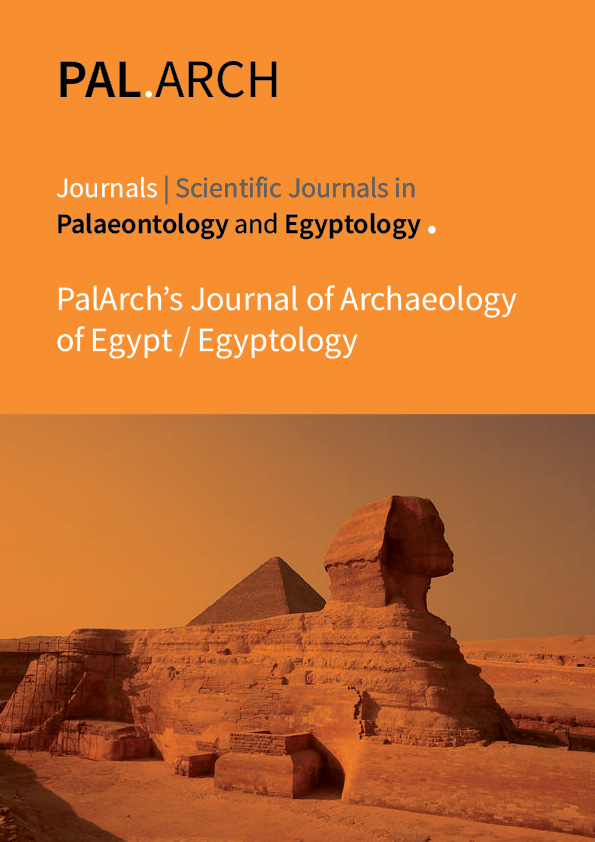Used Contingency Tables in Categorical Data Analysis for The Multi – Response
Abstract
The descriptive dependent variables are among the important variables that do not have quantitative units of measurement and are subject to the description of the phenomenon using the study of data and information, which enables the decision-maker to recognize the nature of the Response in the event that the dependent variable is double-response or multi-response, so the response function may be non-linear. Therefore, the need to search for other methods of converting into linear response functions, including style shunt probability unit based on a normal distribution, appeared, and by using this method, it can be converted into linear responses. The study included the use of a descriptive regression model in the case of the dependent variable being multi-response, and this was done by studying some models related to those descriptive variables. The research aims to study and analyze the descriptive variable and its effect on the multiple response variables, by estimating the parameters of the model for the variable through the use of maximum likelihood method (MLE), and this is by relying on the application of( Newton Raphson's) method, and also the( jackknife) method was used and applying them in the practical side on a life experience of some insecticides with different concentrations, and then choosing the best methods by relying on the mean squared error scale (M.S.E.), the study concluded, through a comparison between the results, to the preference and efficiency of the maximum likelihood method (MLE), as it obtained the least (M.S.E.) according to the principle of the theory saying that when the sample size increases, the mean squares of error (M.S.E.) decrease.



